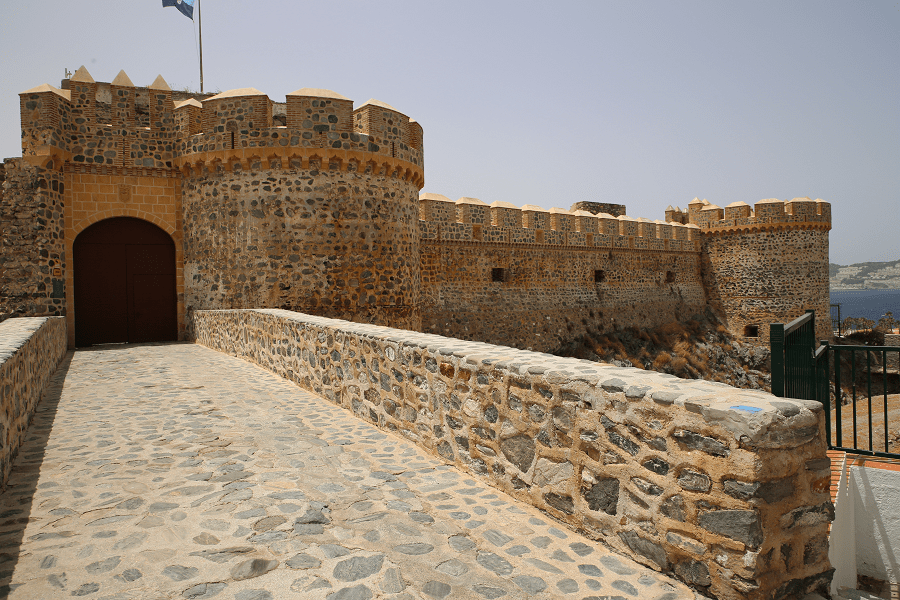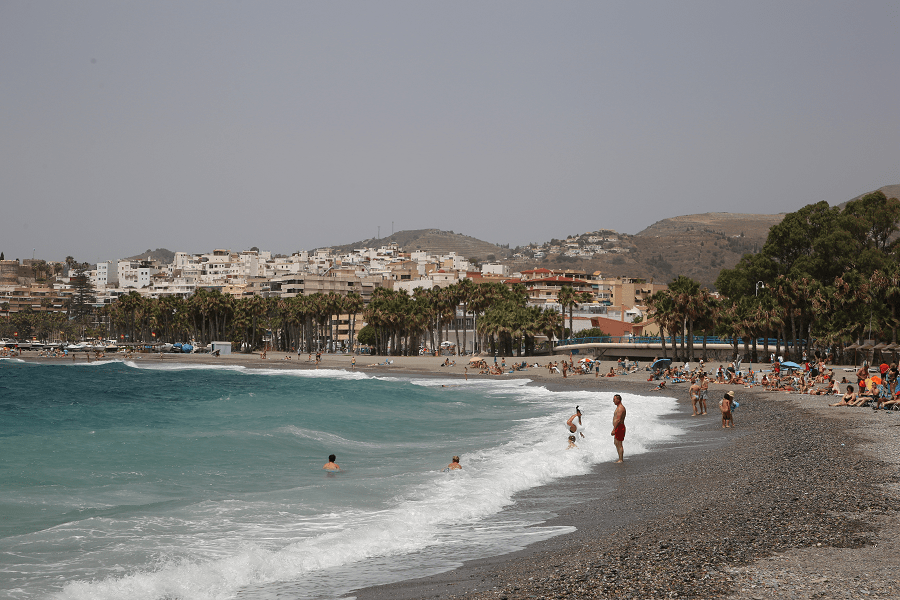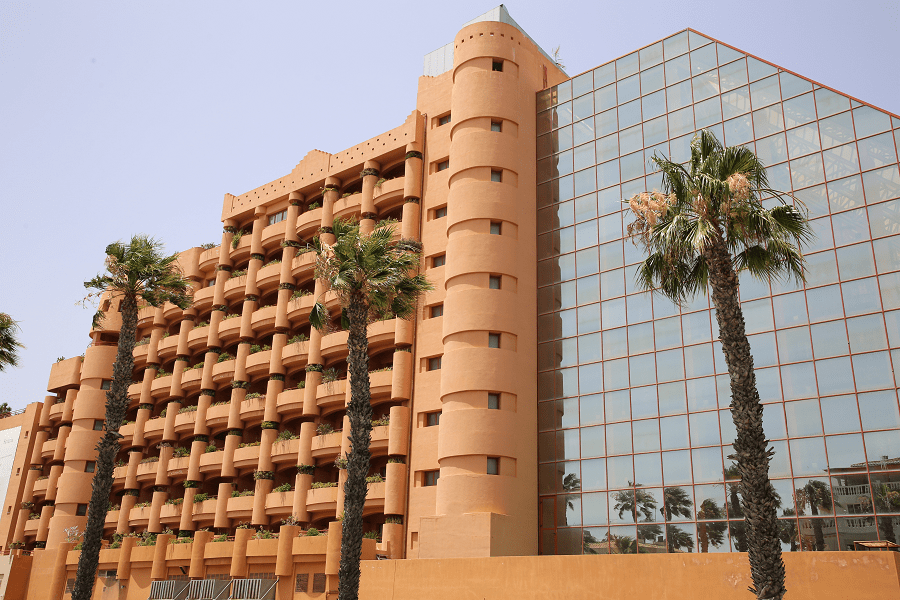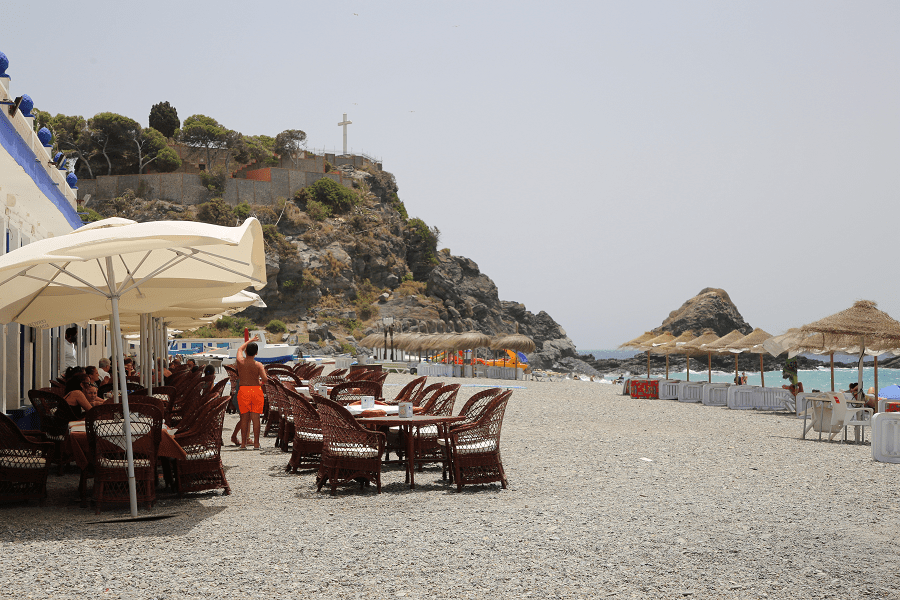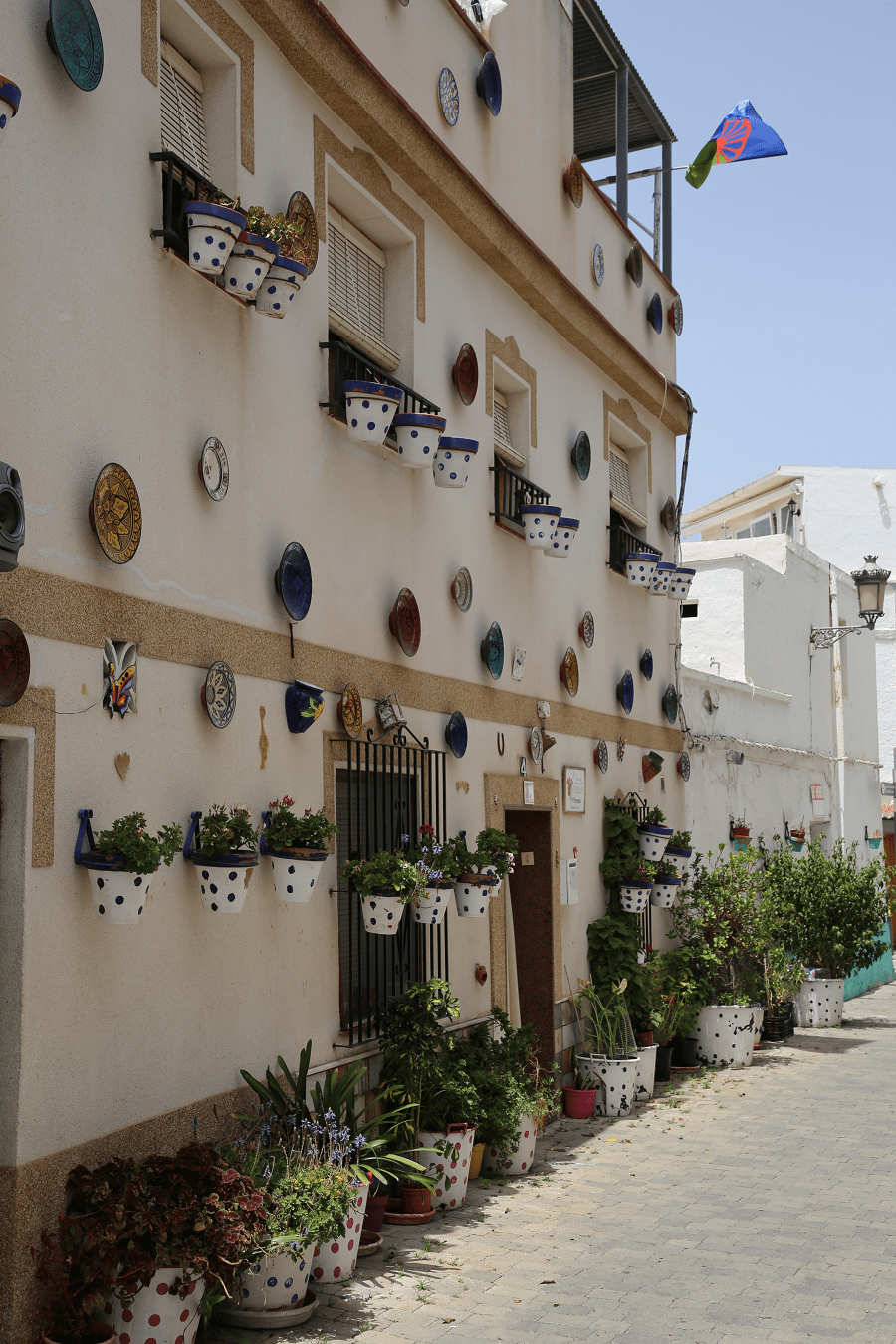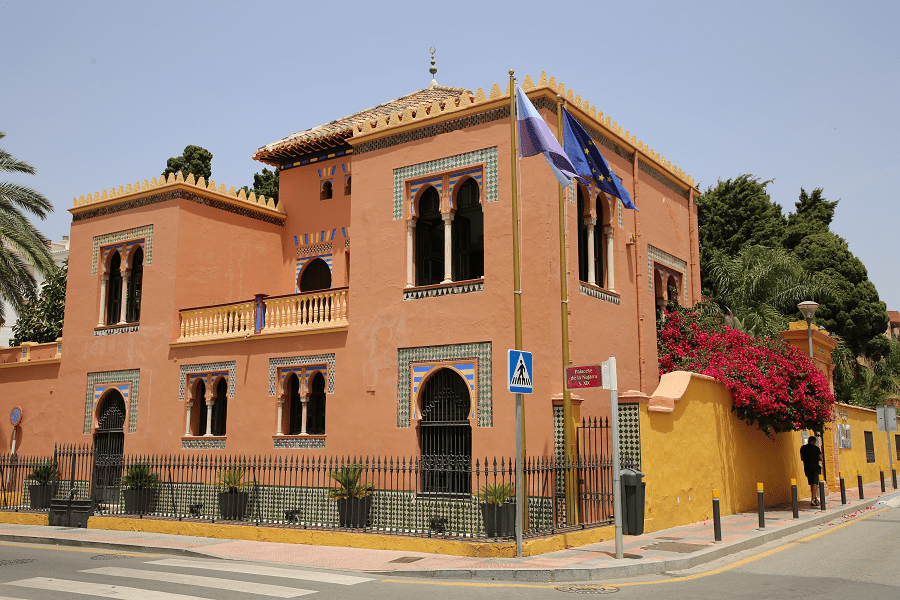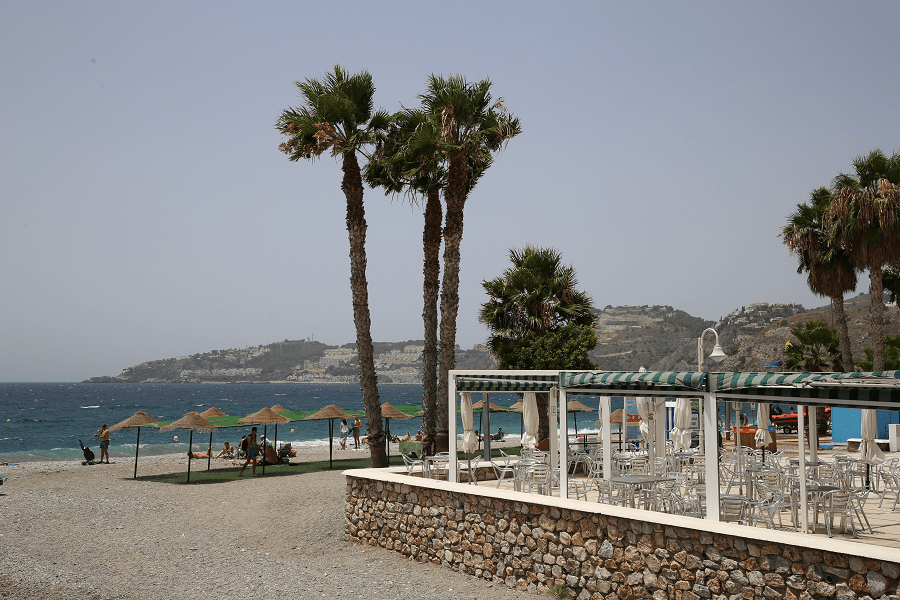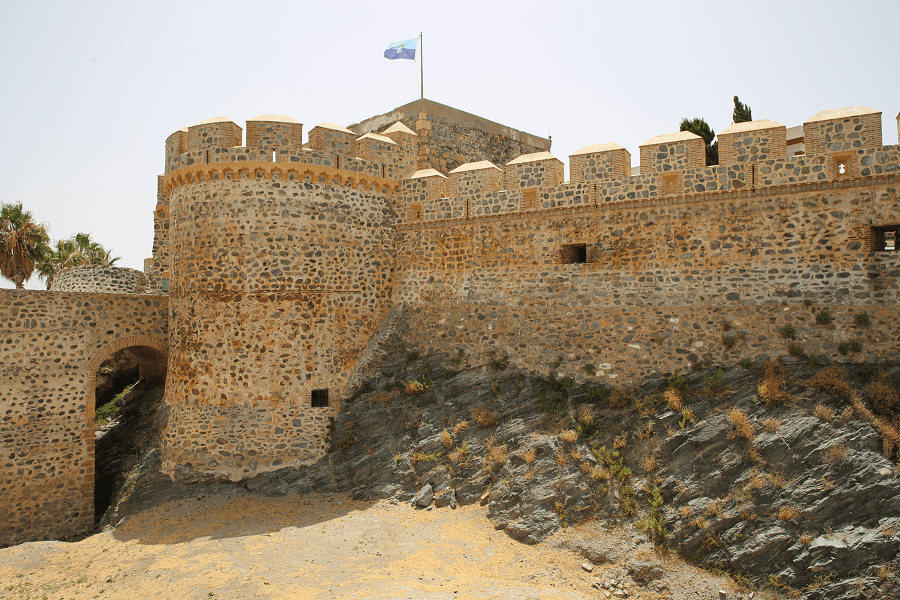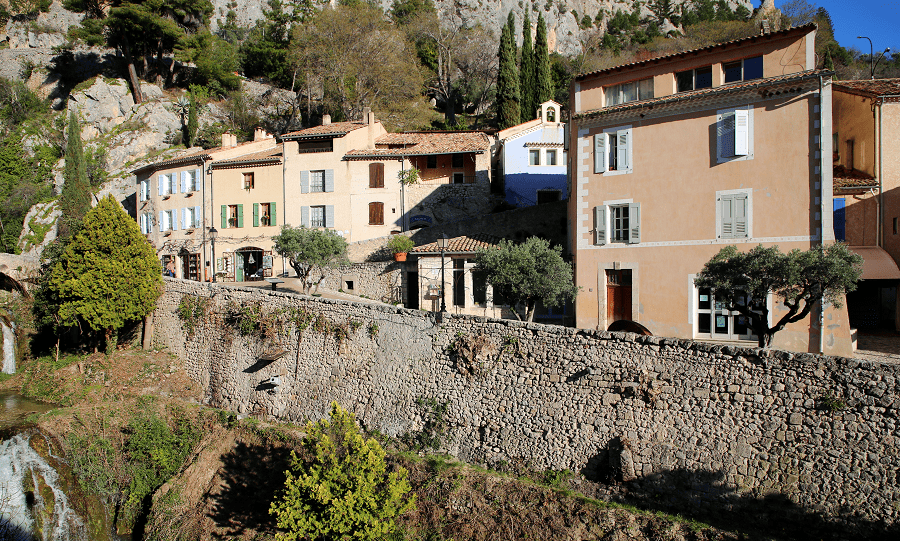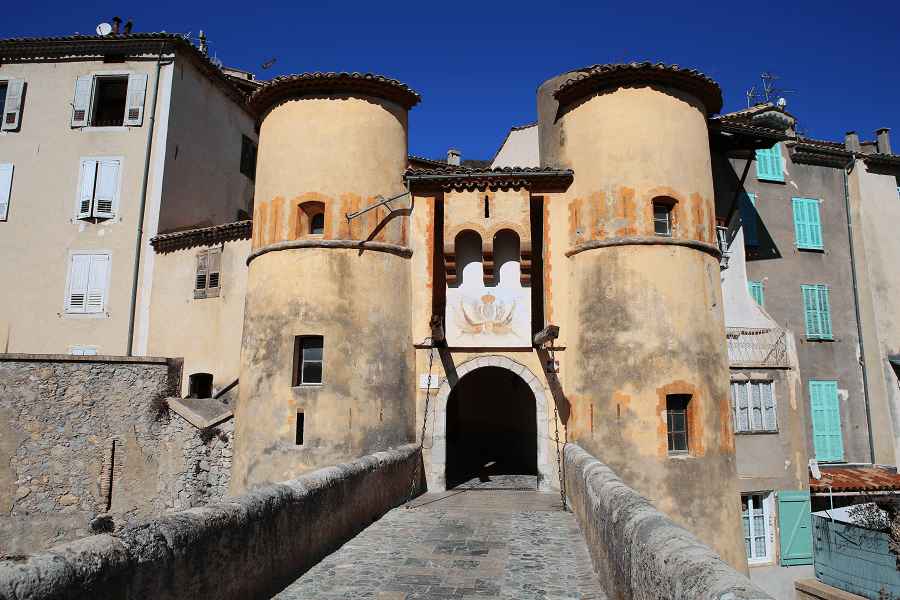Almuñécar is a city and municipality in the Autonomous Region of Andalusia (Spain) between Nerja (Málaga) and Motril (Granada).
It’s a popular part of the Costa Tropical of the Mediterranean resorts of Spain.
It is an important tourist center, located between the sea and the mountains. At the end of the 20th century and the beginning of the 21st it has been expanding its urban area, with a large number of hotels and housing estates, many of them second homes. It is also known for being an important producer of subtropical fruits such as avocados, custard apples, mangoes and medlars.
Main attractions
This area is resplendent in ancient Monuments that date back to the Phoenician epoch over 3000 years ago when the town was settled, through the Roman and Arab conquests and up until modern day. Below you will find some of the more well-preserved ones…
The San Miguel Castle is Almuñécar’s best known and perhaps best overall attraction other than its beaches. It is situated on the San Miguel Cerro, the large hill on which the Old Quarter is built. The San Miguel Castle is perfectly situated with stunning views of the sea, the Old Town of Almuñécar, and the surrounding mountains.
Situated immediately to the west of the Old Quarter, and under the San Miguel Castle, are the ancient ruins of the Majuelo Fish Salting Factory. It dates from the Phoenician – Punic period of the 4th Century B.C. and was expanded and revamped during the Roman period.
The Roman Columbarium Torre del Monje is a very well-preserved burial tomb dating from the 1st Century A.D. It has a quadrangular base and built into its interior walls are shelves where cinerary urns of the deceased were placed. Even the original stone roof is intact and in good condition. It is one of the better-preserved Roman buildings in the area.
Around 49 BC the Romans named an area on the southern coast of what is now Spain: Firmium Julian Sexi… current day Almuñecar. Within this area they developed further a large fish salting and curing industry which had already been in existence for several centuries… originally built by the Phoenicians. The water requirements for the fish curing process were considerable, so the Roman engineers built five aqueducts… all of which still exist today. They brought water from the valleys of the Rio Seco and Rio Verde to help aid in production.
All five aqueducts are still standing (four of them are still used for irrigation):
The Rio Seco Aqueducts (parts I, II & III)
The Torrecuevas Aqueduct
The Carrera Aqueduct
The Almuñécar aquarium, located 500 metres from San Cristóbal beach, hosts a wide variety of Mediterranean species. The visit to the aquarium offers a journey through the ecosystem and marine fauna of the Mediterranean, and especially, the Almuñécar coast. It also has 18 aquariums and the impressive oceanarium with one million litres of water, over a 17-metre-long panoramic tunnel. Inside the installation are, approximately, 3000 specimens belonging to 270 different species. Highlights include, amongst others, the impressive grey and bull sharks, the sea horses and the jellyfish.
Beaches
Almuñécar has 19 kilometers of coastline, including 18 beaches that from west to east are: Cantarriján, Calaiza, La Herradura, Los Berengueles, El Muerto, Cotobro, La Veintiuna, El Rincón de La China, San Cristóbal, Caletilla, Puerta del Mar , Velilla, El Tesorillo, El Pozuelo, Calabajío, Cabria, Curumbico and Barranco de Enmedio.
Most consist of all services; The beaches of Velilla, Puerta del Mar, San Cristóbal and La Herradura stand out, which hold the Q for quality award, the highest distinction from the Institute for Spanish Tourist Quality (ICTE). There are also typical hidden coves on the eastern Andalusian coast, and even nudist beaches. In them aquatic activities such as diving or fishing are practiced. Cerro Gordo-Maro one of the main tourist attractions of the municipality due to its scenic beauty and conservation.
Gastronomy and the best restaurants
Almuñécar’s gastronomy focuses mainly on fresh fish and tropical fruit. Monkfish (rape), red sea bream (besugo), squids (calamares), grouper (mero), croaker (corvina), and shellfish paella are typical examples of local seafood. There are several restaurants next to the beach where meals featuring these can be eaten al fresco (at tables outside) in the sea breezes. Pub crawls with stops at several bars to try different tapas are also popular.
The soil in the area is very fertile, and due to the semi-tropical climate, tropical fruits can be grown here. The most notable are mangos, avocados, loquats, and cherimoyas, but it is also easy to find papayas, guavas, lychees, kiwis, figs and even prickly pears, the fruit of the Opuntia ficus-indica cactus, which are used to make ice cream and jams sold in several local coffee shops.
Until the 1960s, Almuñécar had an important role as a sugar cane producer.
There is one Michelin list restaurant in the city:
El Chaleco, Avenida Costa del Sol 37, 30 – 42 EUR • French cuisine
How to get to?
From Granada 1 hr 7 min (79.4 km) via A-44
From Málaga 1 hr 1 min (75.6 km) via A-7
From Seville 3 hr 1 min (276 km) via A-92
From Madrid 4 hr 54 min (499 km) via A-4 and A-44
Nearest international airports are in Malaga and Granada.
Main information
Area: 83 km² (municipality)
Coordinates: 36°44′02″N 3°41′28″W
Population: 25 927 (municipality)
Languages: Spanish
Currency: Euro
Visa: Schengen
Time: Central European UTC +1
See here best sea and ocean resorts of France and Spain (223 objects)



